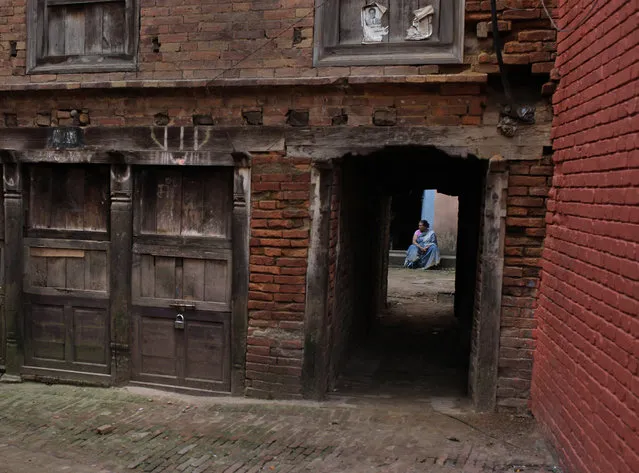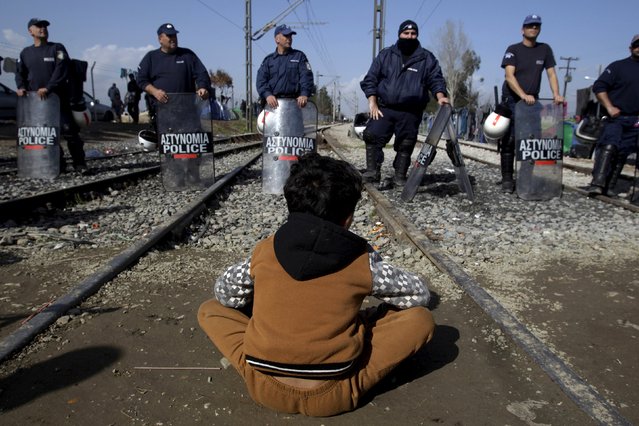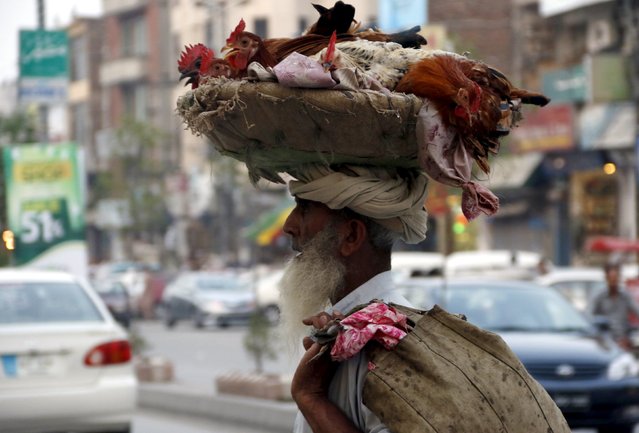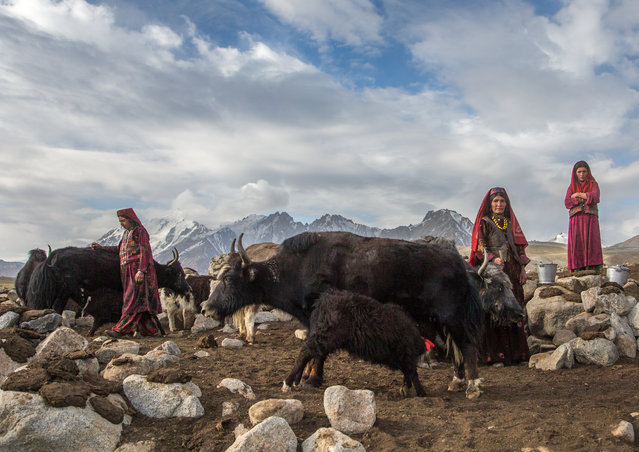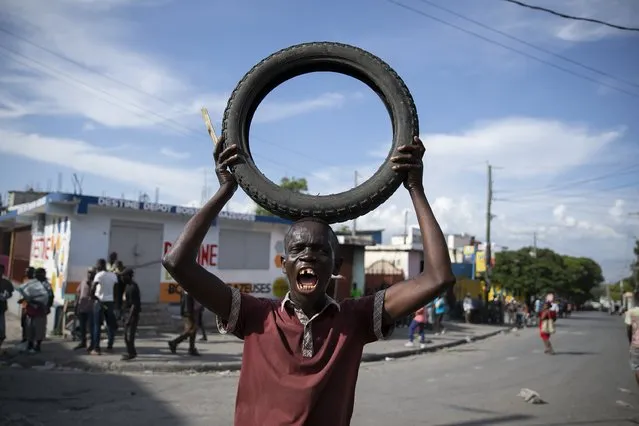
A protester shouts anti-American slogans while holding a tire to be added to a burning barricade during a protest against the government's request for an international military force, in Port-au-Prince, Haiti, Friday, October 21, 2022. (Photo by Joseph Odelyn/AP Photo)
02 Nov 2022 04:28:00,post received
0 comments



